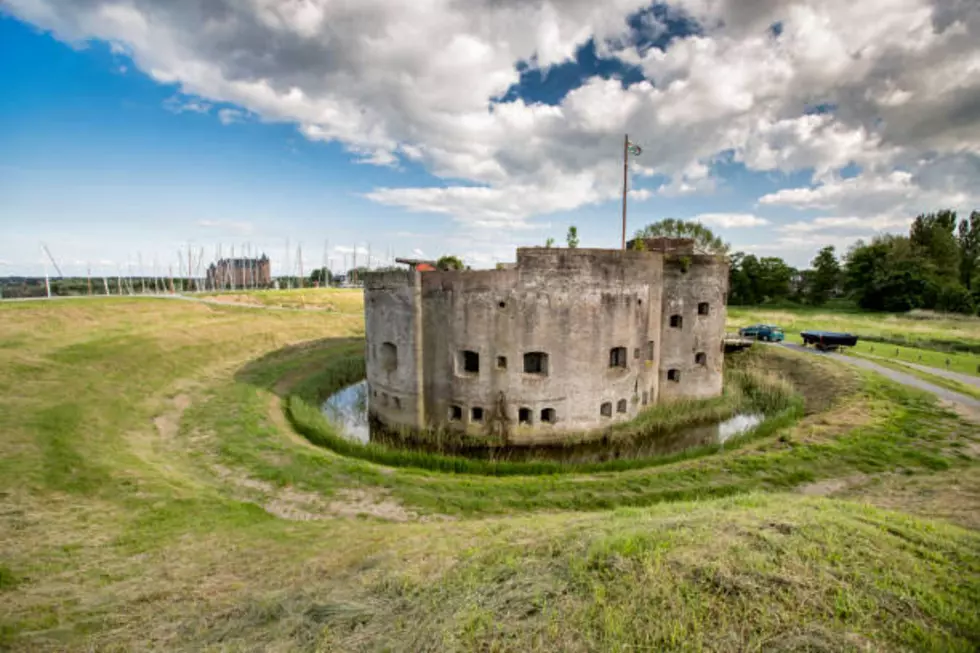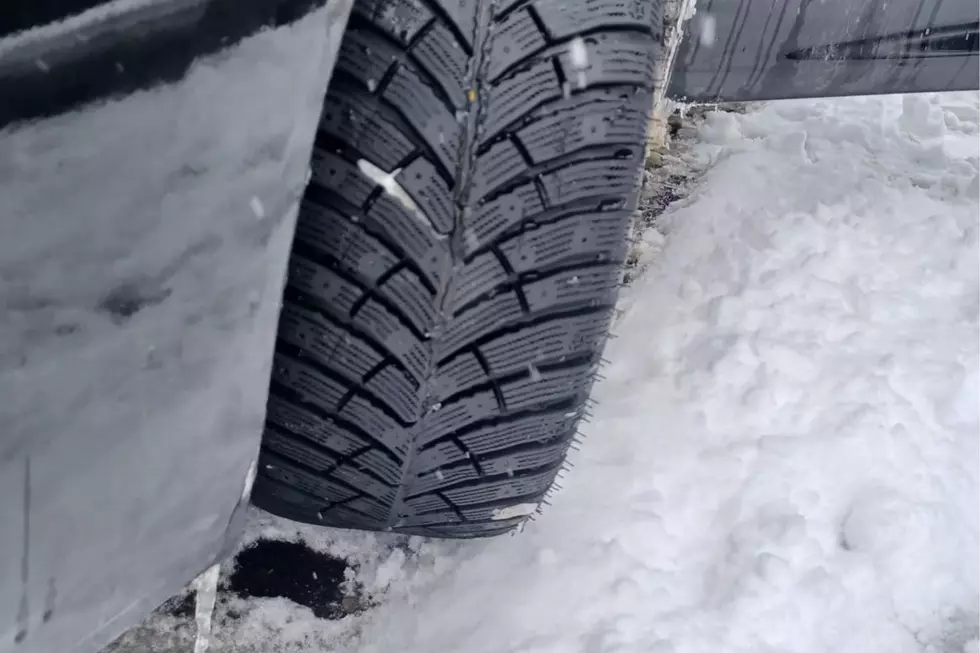
Is It Illegal to Dump Spring Yard Waste in the Woods in Massachusetts?
Spring has sprung in Massachusetts. Residents across the state are happy to bid farewell to the cold temperatures and snowfall and welcome the sunshine.
While most Massachusetts residents wait with bated breath for the snow to melt from their yards, when it does the state of the lawn might not be what they wanted to see. Often times that disappearing snow reveals a not-so-spectacular lawn and the outdoor spring cleanup sets in.
After Massachusetts homeowners get all the fallen branches and twigs, and maybe some leftover leaves from last fall, you can end up with bags upon bags of yard waste that you are not allowed to throughout with your regular trash.
Many municipalities throughout the state have special collection weeks or drop-off spots for residents' yard waste. For example, starting Tuesday, April 11, in Pittsfield, Massachusetts, residents will be able to temporarily drop off yard waste at the Lenox Transfer Station located at 68 Willow Creek Road, Lenox. During that temporary period, Pittsfield residents can dispose of grass clippings, leaves, brush, and tree branches and limbs free of charge.
However, some Massachusetts residents take it upon themselves to dump their yard waste where ever they please, which is a big no-no.
It is Illegal to Dump Your Yard Waste in the Woods In Massachusetts?
Dumping yard waste in any place that is not designated for you to do so is the same as dumping any other kind of waste - It's illegal. You wouldn't dump your trash in the woods, so you cannot dump your yard clippings or leaves anywhere except designated areas OR your own property. If your yard backs up to woodlands that are still your property, you are allowed to dump or compost yard clippings.
Umass Amherst's Center for Agriculture, Food, and the Environment give Massachusetts several other suggestions on what to do with their yard waste, besides dumping it.
LOOK: The most expensive weather and climate disasters in recent decades
Gallery Credit: KATELYN LEBOFF
More From WNAW AM









